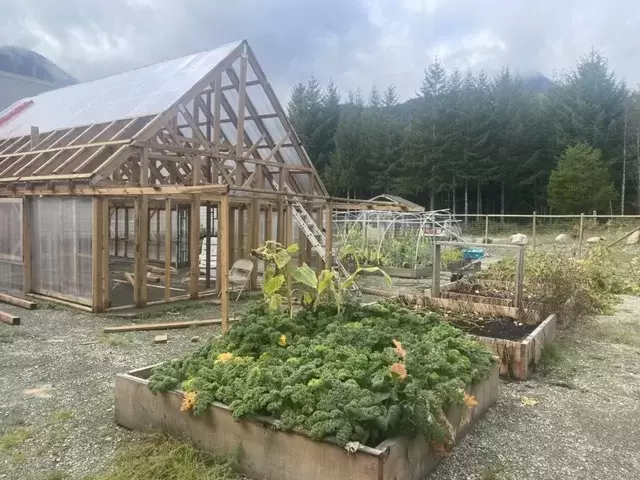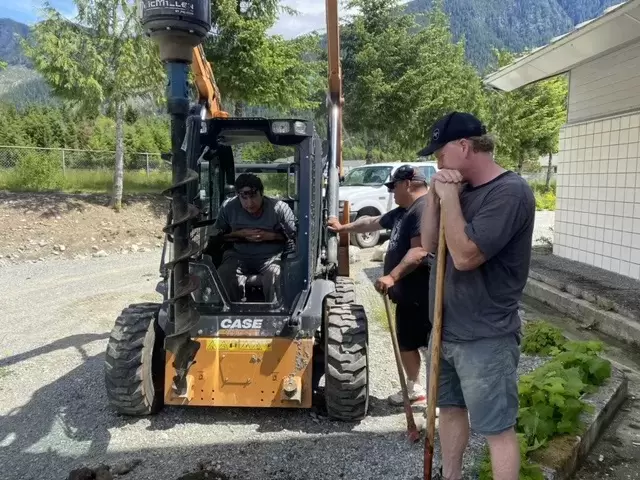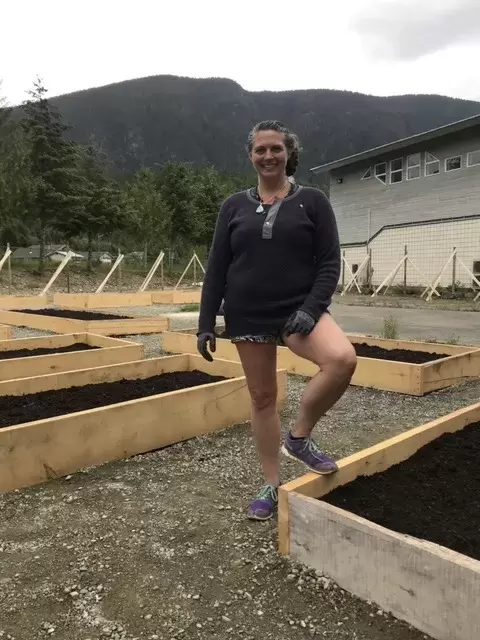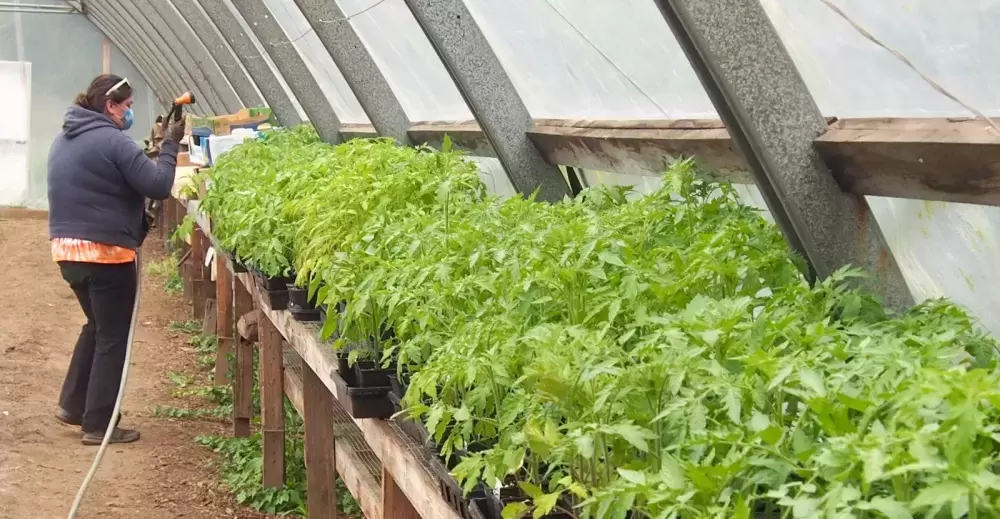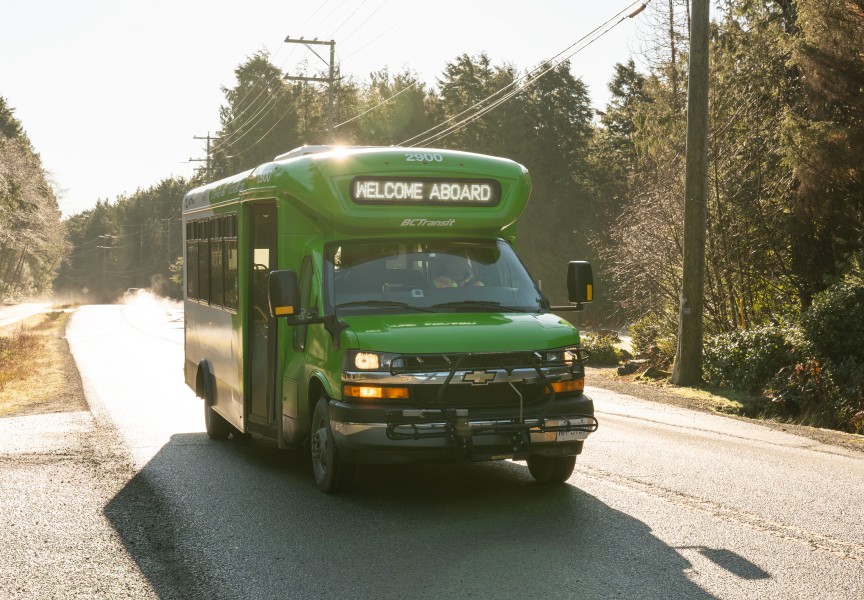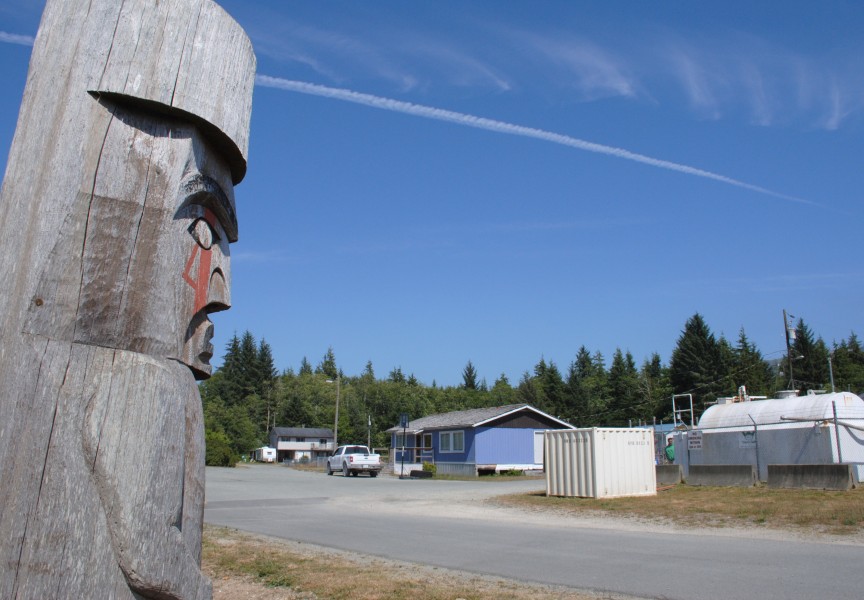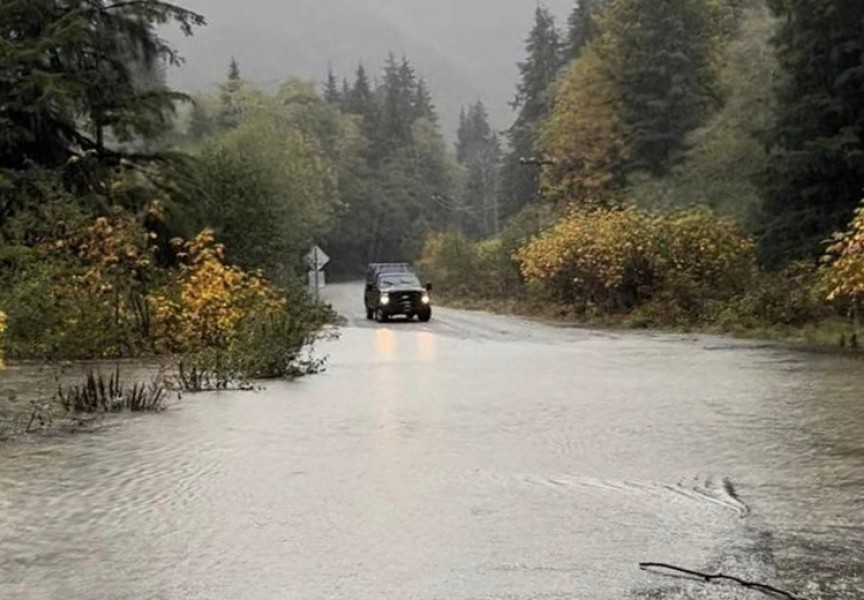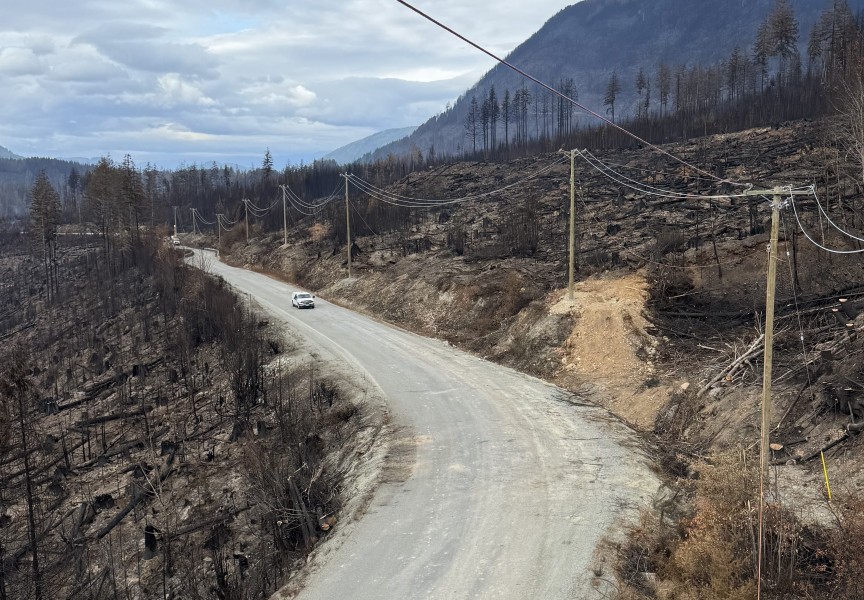In an era of pandemic shutdowns, community closures and supply shortages, Nuu-chah-nulth community gardens are breaking fresh ground.
A new Mowachaht/Muchalaht community garden producing fruit and vegetables in “Covidian times” grew from the seed of an idea planted more than 50 years ago.
“The idea came many, many decades ago with some of our community members in Yuquot,” said Margaretta James, who lives in Tsaxana, just across the road from a new greenhouse and raised beds. “We call it the healing garden.”
When many Yuquot residents first relocated in the mid-1960s to Ahaminaquus near Gold River, the garden idea languished until the late Sara Fred, community health representative, revived the idea in the 1980s.
“Her memory is reflected in our new garden,” James said.
Building community food security was a long-held dream for Fred. In 1996, when the community relocated a second time to the new village site of Tsaxana, there were too many other issues involved with resettling to the new village site, James said.
“In terms of gardens and food security, we’ve always been using our resources from our territory with fish, elk and berries,” she said. “You name it, we use it. We harvest resources when we can.”
“Covidian times,” as James calls them, call for adaptation. There is no grocery store in Tsaxana or Gold River, so getting supplies means a 180-kilometre round trip to Campbell River. With pandemic-related supply shortages and panic buying last spring, goods were not always available, heightening concern about community food security.
Kristi Walker, a health and wellness contractor, had funds available in her budget. She worked with Rose Jack, health services representative, to finally break ground.
“It’s been a dream and vision for me since the beginning to help with food security,” said Walker, formerly a northern region wellness provider for NTC. Walker is not Indigenous, yet was raised traditionally by her grandparents, growing gardens and preserving foods.
A site was chosen behind the school gymnasium, but the soil was unsuited to cultivation. That meant raise boxes had to be constructed. Walker contacted her best friend about the need for building materials. The next day, a truckload of cedar arrived from Comox Valley.
Early in the season, she put in a call to the gardening community in Courtenay-Comox, which drew donations of starter plants. Community volunteers joined in, building beds, installing fencing and planting.
“It was amazing how it all came together so beautifully and perfectly,” Walker said.
She organized workshops, which they called “play shops” instead because they were more fun than work. People gathered in small groups, “our garden bubbles,” in keeping with pandemic safety. A greenhouse was completed over winter and volunteers are adding a covered area for elders and children to gather.
In the first season, they grew squash, potatoes, onions, peas, broccoli, carrots and leafy greens. They also watched the community grow closer.
“It really makes a difference in that community sense of having a common goal,” James said. “We all eat. That’s one of the really core values of ‘indigenuity,’ sharing your food.”
“It’s making those connections with community members,” Walker said. “It’s a really beautiful gathering space for community members at all levels.”
Community gardens are hardly a fresh concept. Erika Goldt, who leads the Tofino-based Eat West Coast initiative, part of Clayoquot Biosphere Trust, said they work in partnership with a half-dozen Nuu-cah-nulth nations. The pandemic has underscored the importance of community gardens as foundations of rural and remote food security.
“Absolutely,” Goldt said. “One of the exciting things that’s happening now, a lot of community gardeners are coming together to share the challenges and opportunities.”
Eat West Coast offers grants to assist with some of the capital costs such as fencing.
In February, Goldt and others hosted a Zoom conference series, Coastal Community Gardens, that drew participants from a half dozen Nuu-chah-nulth nations.
“Basically, we were trying to look at how we can lift each other up and create healthy living and community garden spaces,” said Anna Lewis, ACRD agricultural advisor. “I think COVID really brought to the forefront issues of food security and local food, and being able to take care of communities, especially those a little more isolated.”
Hupacasath Community Garden took root more than 20 years ago. The garden has expanded production in recent years and now delivers 80 produce boxes for Hupacasath families from a three-hectare farm operation, including two greenhouses.
“They really enjoy it,” said farm manager Tammy Felsman, who became involved in the garden at an early stage. “It’s really worth it when you see peoples’ faces.”
They were in the process of adding a business component, selling to the broader community in the Alberni Valley, but the pandemic put a hold on those plans and forced temporary closure of a storefront.
When Gail K. Gus broached the idea of a Tseshaht community garden on a site formerly occupied by a residential school, the idea wasn’t well received. When the school operated, some students ran away to find food. People were repulsed by the notion of growing food on the site.
“Why would we want food where there was a residential school,” they asked.
Gus had an answer borne of conviction.
“I wanted to heal my people and I also felt that we needed the earth to heal,” she recalled.
Seven years later, Nisma Community Garden (“nisma” is the Nuu-chah-nulth word for earth) is a multi-faceted organic growing operation, supplying 150 boxes of produce every other week for families. As well, they incorporate native plants such as camas bulbs and stinging nettles, traditional to local diet. They even have an area where kids can pick berries on their own.
“Every year it grows a little bit more and every year I get more people involved in it,” Gus said.
Tseshaht Chief Councillor Ken Watts said the community has an eye on possibly expanding agriculture in the future on land along the lower Somass River purchased in 2006 from Catalyst Paper. Catalyst grew non-native poplar on the site, which lies within the Agricultural Land Reserve, Watts noted.
“We could carve out a portion for agriculture, but we’re only just exploring that right now,” he said.
Mowachaht/Muchalaht will celebrate their new garden and honour Sara Fred on National Aboriginal Day in June. Fred passed away last year but she was able to see her vision fulfilled.
“As Margaretta said, Sara had been working for a community garden for moons,” Walker said. “This was her dream come true. It’s like a memorial legacy,” a living legacy that keeps on giving.
Walker is now helping the small Nuchatlaht First Nation community of Oclucje to develop growing capacity for 10 to 15 residents. A new greenhouse was fully planted for the first time this spring and fencing is in the works.

